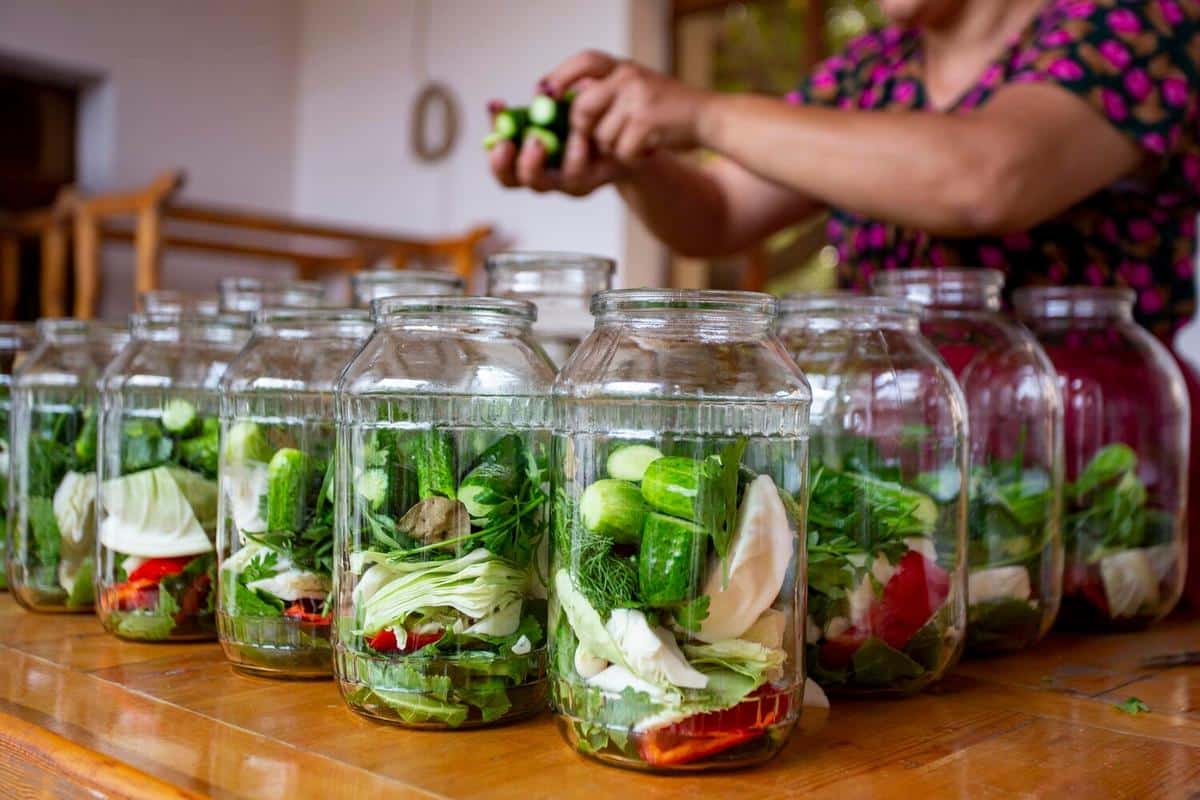
DIY Fermented Vegetables: A Beginner’s Guide
Fermented vegetables are more than just a trend; they’re a delicious gateway to improved gut health and culinary creativity.
Delving into the world of DIY fermented vegetables offers both a fun and rewarding experience, especially for beginners eager to enhance their gut health. Fermentation, a process that transforms food through the action of beneficial bacteria, not only boosts flavor but also enriches nutritional value.
Why Ferment Vegetables?
There are numerous benefits to fermenting vegetables. According to nutrition experts, fermentation increases the bioavailability of nutrients and introduces beneficial probiotics into your diet, which can improve digestion and boost the immune system. A study from the Journal of Applied Microbiology highlights that fermented foods can significantly contribute to the diversity of gut microbiota.
Getting Started: Essential Tools and Ingredients
Setting up your fermentation station is simpler than you might think. Here’s a basic list to get you started:
- Vegetables: Cabbage, carrots, and cucumbers are popular choices.
- Salt: Essential for creating the brine that preserves and flavors your veggies.
- Jars: Mason jars or any glass containers with tight-fitting lids.
- Weights: To keep vegetables submerged in the brine.
- Optional: Spices and herbs for added flavor.
Step-by-Step Fermentation Process
- Prepare your vegetables: Wash and cut them into desired shapes.
- Create a saltwater brine: Dissolve non-iodized salt in water (about 2% salinity).
- Pack the jars: Tightly pack vegetables into jars, leaving space for the brine to cover them completely.
- Add weights: Ensure vegetables are submerged in the brine.
- Seal and store: Close jars and store at room temperature away from direct sunlight.
- Wait: Fermentation typically takes 1-4 weeks depending on temperature and vegetable type.
Experiment with different vegetable and spice combinations to discover your personal favorites.
A Personal Touch: My First Fermentation Experience
Years ago, I was hesitant about fermenting at home. However, after tasting my first batch of homemade sauerkraut, I was hooked. It was tangy, crunchy, and so much more flavorful than store-bought versions. This personal success inspired many more fermentation adventures.
Common Challenges and Solutions
Beginners often worry about mold or spoilage. To minimize these risks, ensure vegetables remain submerged in the brine. If mold appears on the surface, simply skim it off and continue fermenting below the brine line.
Frequently Asked Questions
What vegetables are easiest to ferment?
Cabbage, carrots, and cucumbers are beginner-friendly due to their firmness and natural sweetness.
How do I know when fermentation is complete?
Fermentation is complete when the vegetables taste tangy and have a pleasant aroma.
Is it necessary to use special fermentation jars?
No, regular glass jars with tight-fitting lids work well.
Conclusion
Embracing the art of DIY fermented vegetables not only elevates your culinary repertoire but also fosters better gut health. With patience and practice, you can enjoy the myriad of flavors and benefits that homemade fermented foods offer. Ready to get started? Gather your ingredients and let the fermentation journey begin!